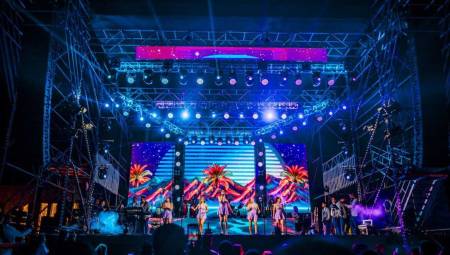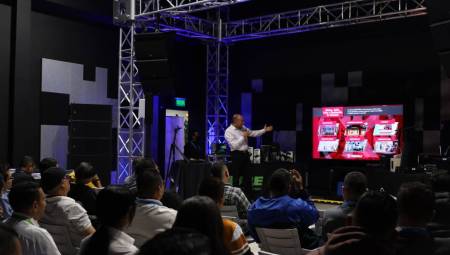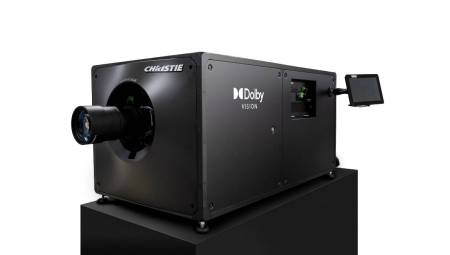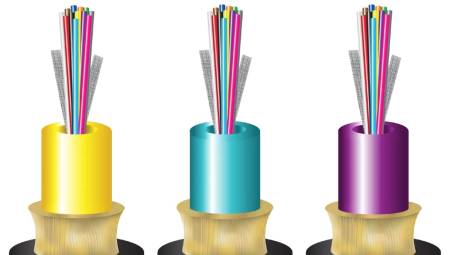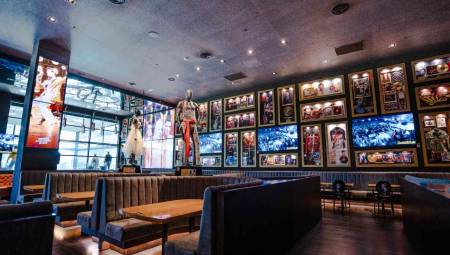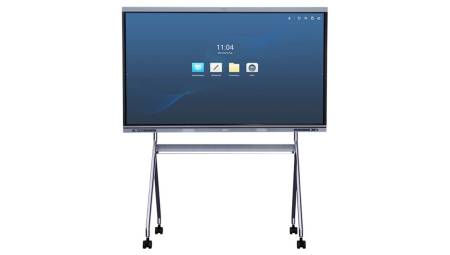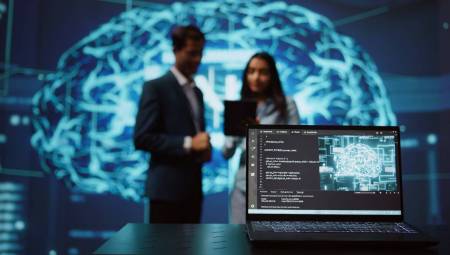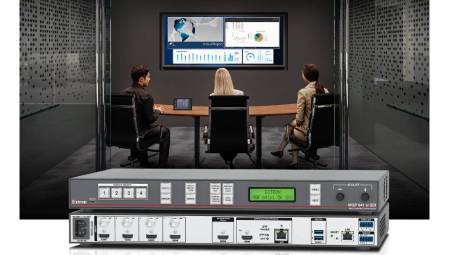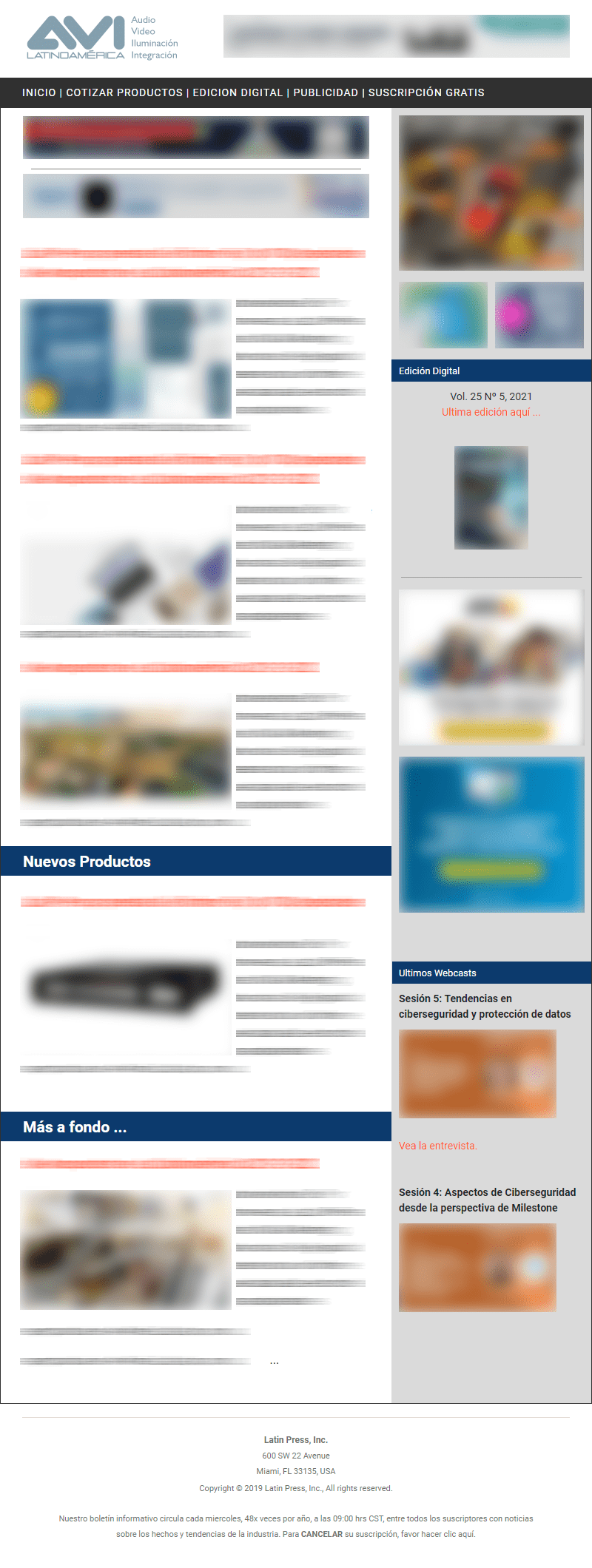 International. The Super Bowl is clearly the most demanding live event on the annual broadcast calendar. Between the live broadcast team, the musical acts, and other accredited journalists such as ESPN and NFL Films, plus the communications infrastructure that exists inside the stadium, the demand for wireless spectrum is unprecedented, and it grows year after year. This year, the 50th edition of the game was held at Levi's Stadium in Santa Clara, California.
International. The Super Bowl is clearly the most demanding live event on the annual broadcast calendar. Between the live broadcast team, the musical acts, and other accredited journalists such as ESPN and NFL Films, plus the communications infrastructure that exists inside the stadium, the demand for wireless spectrum is unprecedented, and it grows year after year. This year, the 50th edition of the game was held at Levi's Stadium in Santa Clara, California.
The sound system and radio frequency (RF) coordination for the event were in charge of ATK Audiotek of Valencia, California, and Professional Wireless Systems based in Orlando. For the sixteenth time, James Stoffo was hired to manage all wireless systems for the part of the festivities that takes place in the field. When not providing advice for major broadcast events, Stoffo serves as Chief Technology Officer at Radio Active Designs, a manufacturer of wireless intercom systems.
"My position for Super Bowl 50 was rf engineer for entertainment. That covers about 100 of the thousands of frequencies overseen by Karl Voss, the NFL's Chief Frequency Coordinator," Stoffo said. "My responsibility is RF's operation on the field: the referees, the musical performers, and the related support staff. That includes pre-game and part-time performers, as well as post-game trophy delivery. Basically, my job is to ensure that all those wireless systems work without any failure."
As any football fan can attest, the microphone that has the most critical mission on the field is the one used by the referee. For that task, Stoffo chose Shure's Axient wireless system. "I love the Axient system; there is literally nothing that compares to him," he says. "It has a much more robust front than any other wireless microphone, which is my main consideration for an event like this. Of course, the best thing it offers is the ability to change transmitter frequencies, or any transmitter settings, remotely. That saves our lives."
Stoffo had six Axient channels, provided by ATK Audiotek of Valencia, California. Referee Clete Blakeman was equipped with two portable AXT100 transmitters, each transmitting to a different Axient AXT400 receiver. "The AXT400 has dual channel, which is usually all you need. But for the Super Bowl, I also want full hardware redundancy. In this job you can't take shortcuts."
For added fault safety, a special antenna system was installed to adapt the Axient ShowLink remote access. Special helical antennas were installed on the sides, on the 35-yard lines, thus ensuring a solid RF link regardless of the location of the referee on the field.
Axient was also used for other critical tasks, particularly during the presentation of the Lombardi Trophy to the champion Denver Broncos after the game. "For the NFL, that awards ceremony is really very special. Wired microphones are used for this, but a secondary wireless handheld microphone is needed in case the cables are cut," explains Stoffo. "Obviously, we hope it's never necessary to use that wireless on-air microphone, but it should be one you can trust, and that's Axient."
Certainly, frequency coordination was a big challenge. Levi's Stadium is located in central Silicon Valley, where sources of interference are much more numerous than in most urban areas. "This year's Super Bowl was the hardest of them all," says James Stoffo. "There are a lot of devices that generate interference and other RF tests that are done by technology companies in the area, and there is also a NASA building just around the corner from the stadium. My spectrum analyzers showed up a lot of RF sources that I couldn't identify and, of course, the UHF band was almost completely occupied. But we found a solution."
One thing Stoffo now routinely does is record his events in the FCC database and reserve the frequencies he wants to use for wireless microphones, personal monitors, and communication systems. "It is very important for production companies to obtain their Part 74 license from the FCC, which allows them to record the date and place of their events in the database, which gives them priority over frequencies. At least theoretically, that means many of the devices that generate interference won't get in your way. I've recorded all my shows for at least the last year."
Stoffo revealed that one of his keys to success is to use his scarce frequency resources efficiently. "We actually reuse the frequencies throughout the game," he says. "When the national anthem ends, that frequency can be reassigned. At halftime, we remotely deactivated the referee's Axient laptops and used those frequencies for the musical performers. Then, we activate them again for the second half of the game. Nothing is used once."
Artists who appear before the game and at halftime are usually allowed to use their personal wireless microphones, such as Coldplay's preferred UHF-R systems. However, the scarcity of viable UHF spectra and the potential for interference with stage floor LED lights during halftime necessitated a firm selection of equipment in other areas. The personal monitoring systems of all the musicians were Shure PSM® 1000, and Stoffo released 30 channels of UHF frequencies using RAD UV-1G narrowband intercom systems, which operate in the VHF band. This provided sufficient spectrum for the musicians' wireless systems.





